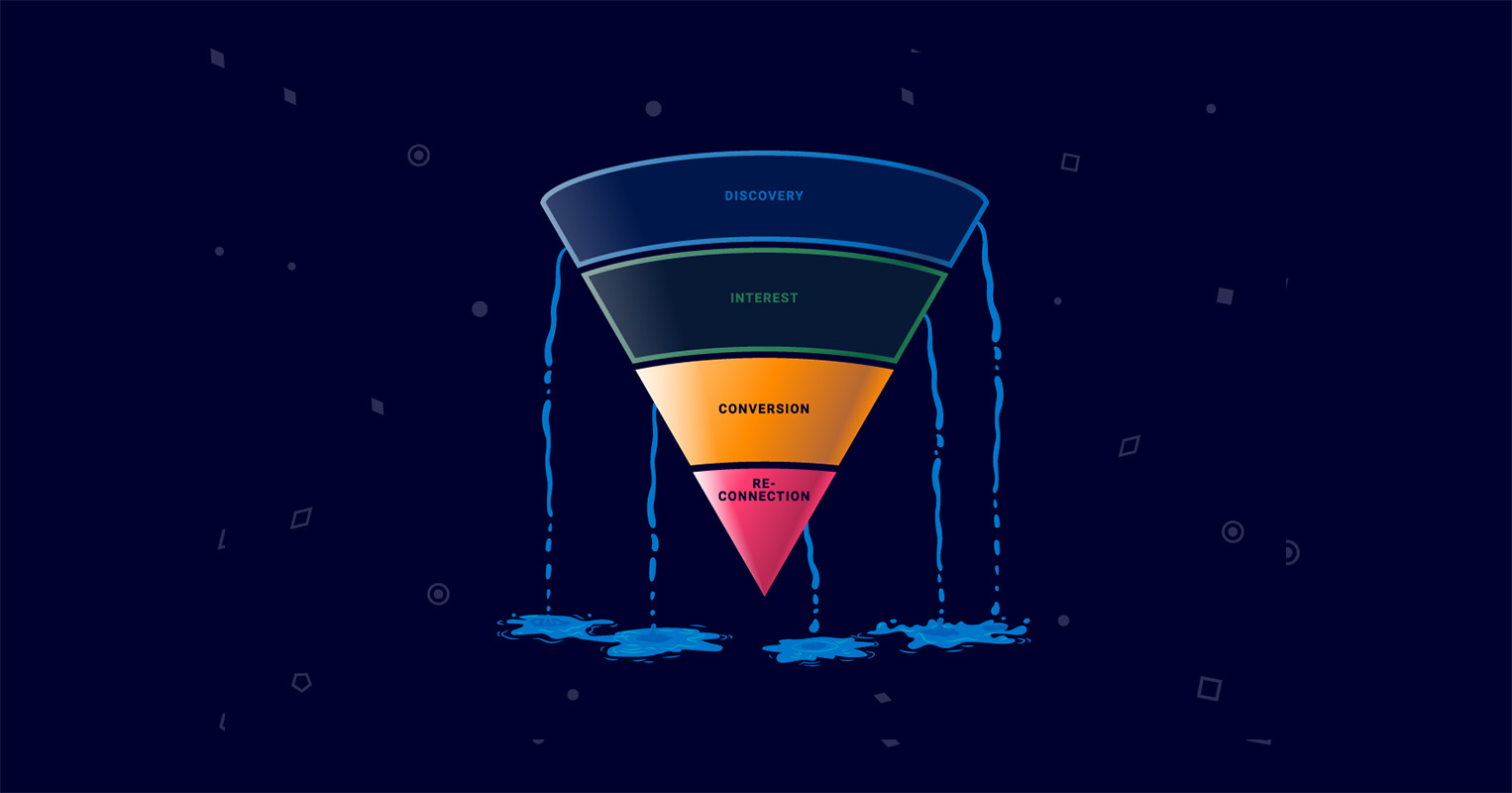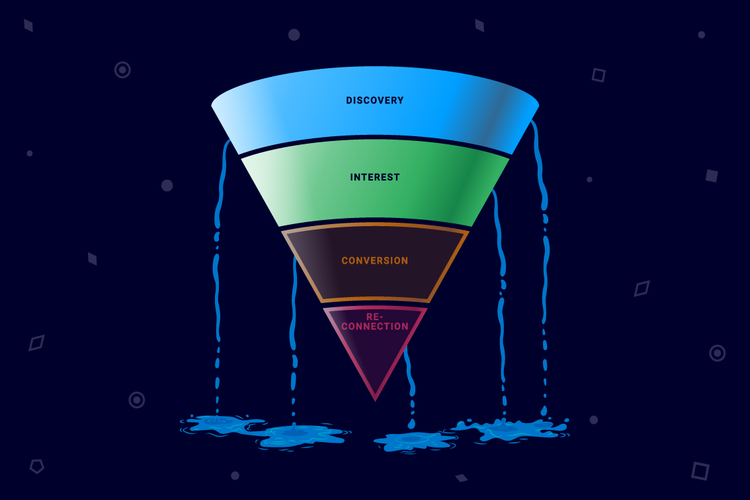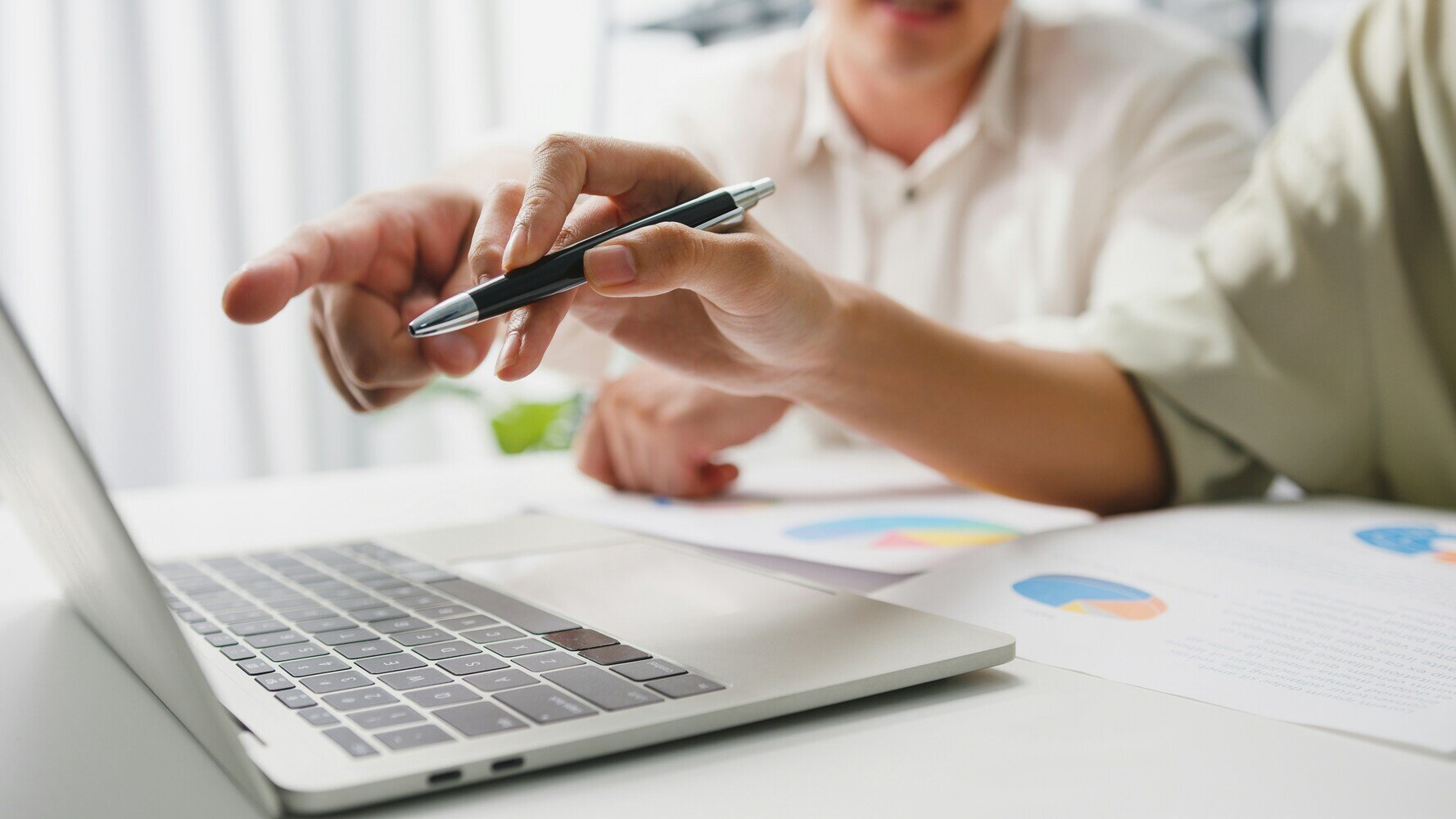Future-Proofing the Middle and Bottom of Your Marketing Funnel to Maintain Success Rates
by Anthony Botibol on 27.12.2023

*In July 2024, Google announced the cancellation of its plans to deprecate third-party cookies in Chrome, opting instead for a new approach that empowers users to make informed choices about their data across the web. This article was written prior to this announcement.
In our previous post, we looked at ways to plug the leaks at the top of the marketing funnel (discovery and interset stages) once Google fully sunsets cookies in the second half of 2024*. If you've missed the first part of the article, go have a read (link to article) and come back for part two.
In this next article in the series, we’re going one step further, and offering alternative ways to plug the leaks in the middle and bottom of the marketing funnel – the conversion and reconnection phases – through the integration of first-party data, consent-driven approaches, and innovative technologies.
The article is based on a webinar we held recently, where our experts – Tomas Salfischberger, Founder and CEO of Relay42, and Richard Jokhof, Head of Customer Success and Strategy – outlined the steps companies can take today to continue connecting with customers in a cookieless world.
Cookieless solutions for the Conversion stage of the marketing funnel
Firstly, let’s look at the Conversion stage of the funnel – specifically, the use of first-party behavioral data for owned and paid channels. By leveraging the first-party data gathered in the upper part of the funnel, you can increase conversion lower down, and offset the loss of data from third-party cookies.
If you lost 20% accuracy in the discovery and interest phases, you can gain this back through a higher conversion rate at this stage. By now, you have much more information about the customer, and there’s a lot of potential to use it here. For instance, when a user is shopping online, and viewing different products before landing on a specific item, having a Customer Data Platform (CDP) like Relay42 will allow you to use anonymous data to register interest and strategically present recommendations for other products alongside the item, enhancing the likelihood of conversion.
By leveraging all available first-party data, gathered from the top of the funnel, marketers can further enhance their omnichannel personalization to drive conversion rates.
A snippet from our recent webinar, highlighting strategies for marketers to adopt in the Conversion and Reconnection stages of the marketing funnel, preparing for a cookieless world.
Cookieless solutions for the Reconnection stage of the marketing funnel
The reconnection stage is where brands can cross-sell, upsell, and win back known customers. In this stage, it’s important to understand how to capture, store and use the first-party data, collected in the previous stages of the funnel. So many brands still let this valuable data go to waste, and there’s really no excuse because it’s low-hanging fruit and can be used in the rest of the funnel (through lookalike targeting, personalization, etc).
As Tomas Salfischberger says in the webinar: “Brands can use this data for reconnecting, and brands are really good at reconnecting. It’s free added performance to the rest of your funnel stages.”

Recognizing and optimizing the value of first-party data in this stage not only improves existing connections with customers, it also unlocks avenues for extending personalized, high-performing initiatives throughout the entire funnel.
Using the hypothetical example that we mentioned in the first part of the article – aiming for 100,000 transactions at the bottom of the funnel, marketers need to aim for around two million visitors in the conversion and reconnection stages.
They can start today by investigating what they have already in terms of first-party data, then working out how much they’re losing due to the deprecation of third-party cookies, what data they need, and how they can optimize it in the omnichannel funnel. Ask yourself: “How can I improve personalization and targeted interactions?” Then run experiments at all stages of the funnel to learn which areas are effective and which are not, then iterate from there.
To conclude, there are some highly practical solutions marketers can take for reconnecting with customers and maintaining conversion efforts at the bottom of the funnel following Google's deprecation of cookies in 2024*. Adopting these strategies now rather than later will make for a far smoother transition overall. If you start the process today, with controlled experiments, analysis, and ongoing adaptation, you will be ready for the changeover when it comes.
Seeking strategic guidance on adapting your marketing for a cookieless world?
Reach out for a private consultation with one of our experts in cookieless marketing.
You May Also Like
These Related Stories
.png)
How to Futureproof Your Marketing with Server-Side Data Management

Navigating the Post-Cookie Era: Strategies to Plug the Leaks in Your Marketing Funnel


.png?width=786&height=265&name=Relay42%20Demo%20Banner%20(1).png)